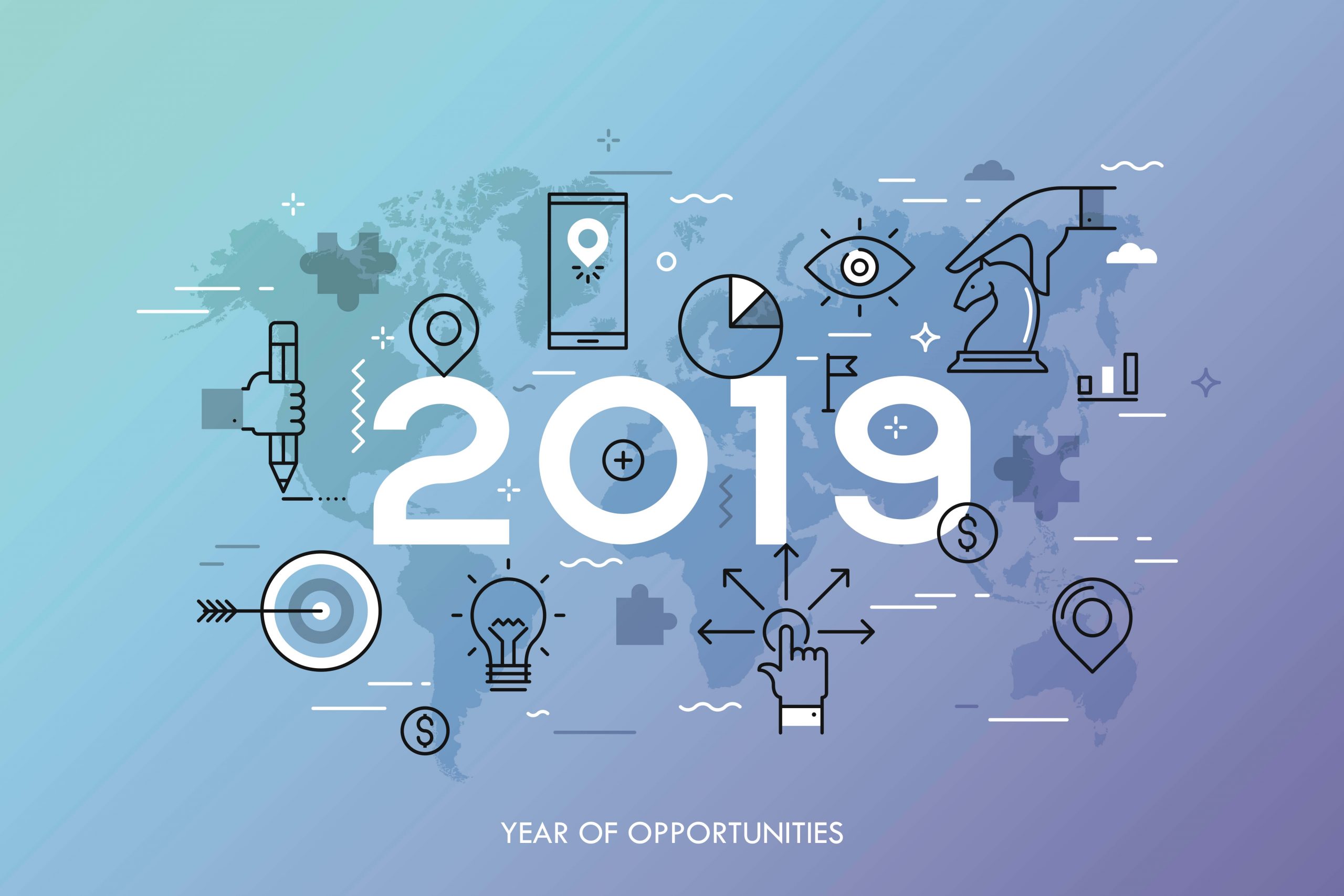Contents
If 2018 was a year when customer experience professionals came under intense pressure to map out tangible results from heavy investment, 2019 is shaping up to be the year when next generation customer experience will deliver on the promise of a wide range of new technologies.
Three key drivers are at the core of this. ROI is fundamental, as C-suite executives at leading service providers demand measurable returns from their outlay. SaaS suppliers must therefore evolve their customer-facing solutions, demonstrate greater value and delivering bigger wins for less.
The influence of AI will continue to grow throughout the global economy, capturing more space within the CX field as end users become more familiar with fresh technologies and begin to expect more expertly tailored journeys.
A greater pivot towards self-service is the natural outcome. Answering the pressing need for ROI, the do it yourself approach – powered by intelligent virtual assistants – will continue to deflect the need for human interaction, delivering huge cost savings. Increasingly tech-savvy consumers now have a greater ability – and desire – to handle issues on their own terms, and the providers which embrace this trend will be able to reap the rewards.
Without further ado, here are 5 standout meta-trends with the potential to shape customer journey creation and curation in 2019.
Augmented Reality Customer Experience
Seeing is believing and millions of customers of leading global brands already understand the value of interactive visual customer support. Collaborative video calls between CS personnel and end users enable faster resolution, significant truck roll reduction and improved NPS across the board. The user effectively becomes the hands of the equipment supplier, boosting satisfaction and engendering long-term loyalty.
AI-powered live video assistance covers the full user experience spectrum, from unboxing and installation to troubleshooting and upgrading, creating better customer experiences and slashing costs in the process.
Key to adding genuine value are the closely associated technologies of Computer Vision and Augmented Reality. Both CS personnel and intelligent virtual assistants can now add an additional layer of visual information, pointing out the exact action the customer needs to take.
As the technology comes of age in the context of smart homes and the IoT, additional layers of complexity and interactivity will doubtless emerge, making AR interfaces the nexus of integrated lifestyle-oriented CX.
New Generation Customer Experience Partnerships
One good turn deserves another. As customers transition from passive service recipients to active partners, the time is right for them to become true stakeholders. Incentivized surveys and refer-a-friend programs, of the type that delivered stunning exponential user growth for Dropbox will give rise to more refined models drawn from the world of B2B sales.
Rewarding customers for sharing their experiences and transforming them into committed social media brand advocates will serve as effective upsell enablers, offering customers discounts on additional products and services in exchange for brand promotion and C2C lead generation. It’s the proverbial win-win, with both company and customer deriving additional value from relationship. Key to the success of scaling such activities will be sophisticated AI approaches for managing and measuring metrics, both in terms of raw data and textual analysis.
Episode Management
As explained by Bain & Company, Episode Management is now well established as a highly effective CX management technique with joined-up thinking transforming many companies’ approaches to specific issue resolution and next generation customer experience.
Customers essentially want a single point of contact. Transferring them between departments is traditionally a significant pain point that causes broken processes and severe dissatisfaction. This can be avoided by seamlessly integrating different stages of each customer episode, shaving precious time off the journey. The approach has the added benefit of aligning various functions within the organization, driving internal efficiency and delivering exceptional ROI.
Servion has predicted that by 2025, some 95% of customer interactions will be powered by AI. As virtual assistants rapidly replace many of the basic functions of traditional support center staff, the technology is creating new opportunities for fostering career development and broadening skill sets. Companies can identify star performers and grow them as multi-faceted support, sales and marketing professionals, while cutting the costs associated with very large workforces.
Corporate Collaboration to Benefit the Customer
Life’s a journey, and each trip involves interactions with multiple companies from different industries such as travel, hospitality and retail. Busy consumers will therefore come to demand greater synergy between service providers, ultimately enabling them to arrange their entire schedule from a single touchpoint.
Booking a flight, a taxi, a hotel and a meal could soon become a single transaction, and this will involve customers giving trusted service providers access to their other digital assets. These cross-vertical partnerships will require a paradigm shift in terms of data sharing across verticals but have the potential to revolutionize the online – and offline – economies.
Power to the People
After a year of data-related controversies, not to mention the rollout of GDPR, consumers are increasingly inclined to demand not only greater transparency, but access to and ownership of their digital footprints.
Empowering users with the tools to manage and eventually monetize their personal information will clearly require new AI-powered approaches to “data ethics” (cio.com: “Digital ethics and privacy emerge as top tech trend to prepare for in 2019: Gartner”), analysis and application. With apps like Killi showing the way, the time could be ripe for new business models that give power back to the people to take root. Sharing the wealth with consumers represents a win-win, establishing users as motivated stakeholders and encouraging them to happily provide more valuable data.
As the year unfolds, we’ll be keeping a close eye on how the world’s top B2B suppliers expand and refine their offerings to meet the ever-increasing demands of both clients and end users, realizing the possibilities of next generation customer experience in 2019 and beyond.






